May 30, 2025 | 08:57 GMT +7
May 30, 2025 | 08:57 GMT +7
Hotline: 0913.378.918
May 30, 2025 | 08:57 GMT +7
Hotline: 0913.378.918
Kien Giang, the province with the largest rice production area, has registered 200,000 hectares for participation in the "Sustainable development of one million hectares of specialized high-quality and low-emission rice production associated with green growth of Mekong Delta by 2030" project (referred to as the project from this point). Since 2024, the province has initiated the launch of pilot fields in numerous critical localities and rice production areas in order to achieve this objective. These pilots serve as a basis for assessment and further expansion of the area participating the project.
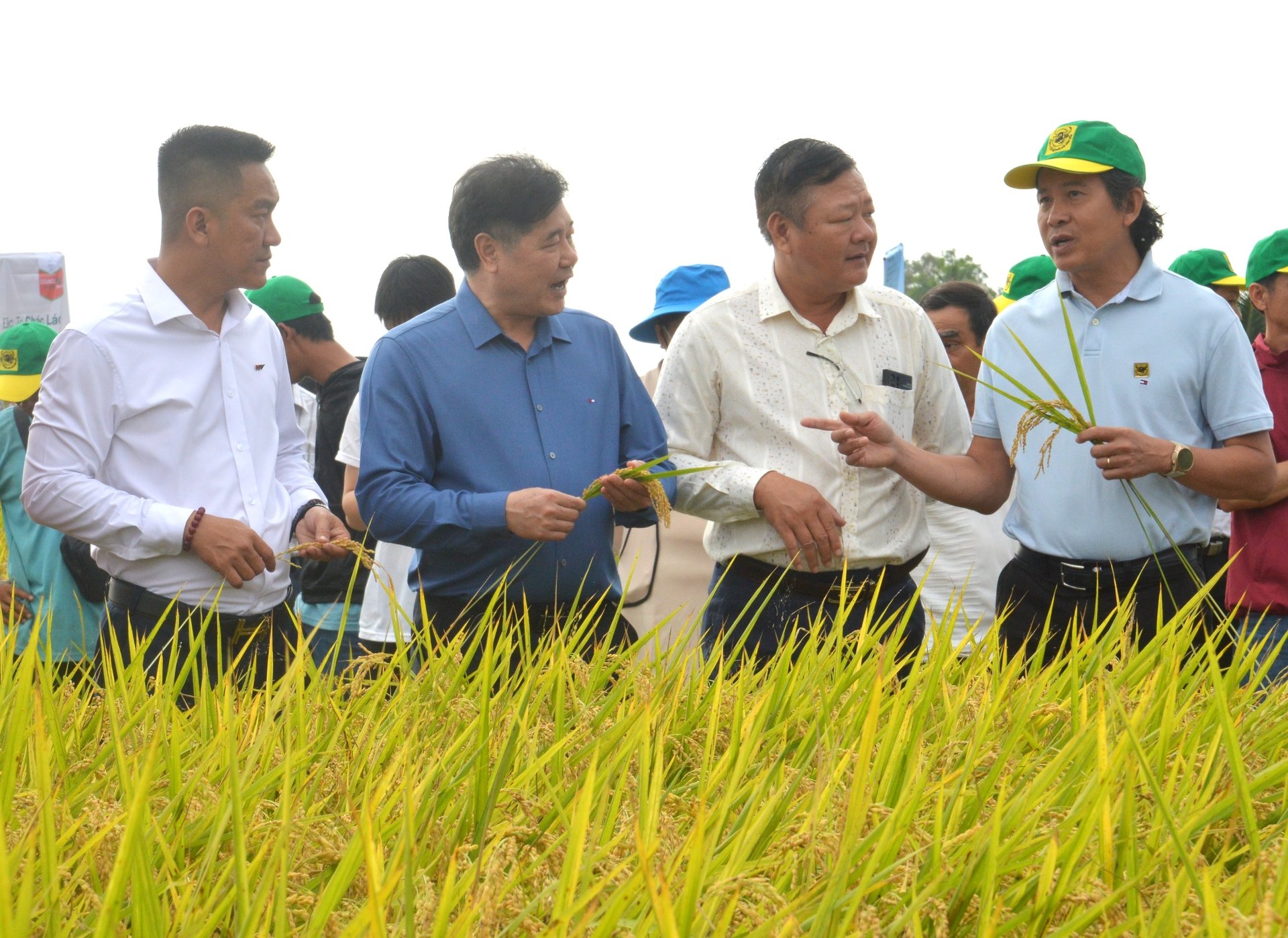
Director of the National Agricultural Extension Center Le Quoc Thanh (second from left) along with leaders of the Department of Agriculture and Environment of Kien Giang province and delegates evaluated the pilot field participating in the Project in Hon Dat district. Photo: Trung Chanh.
In 2024, the province implemented a project with a total area of 511 hectares, according to Le Huu Toan, Director of the Kien Giang Department of Agriculture and Environment. This encompasses 151 hectares of the pilot model that was initiated by the MARD (or Ministry of Agriculture and Environment following the merger), which was financed by the province and supported by local enterprises.
The Thanh Nien Phu Hoa Agricultural Service Cooperative (Tan Hoi commune) specifically implemented the pilot model in Tan Hiep district on a plot of 50 hectares, which included two consecutive rice crops. In An Minh district, the pilot was applied to a rice–shrimp farming system at the Thanh An Shrimp–Crab–Rice Service Cooperative on 11 hectares.
Sustainable agricultural production and green growth are the objectives of the model, which employs a "organic rice–ecological shrimp" approach. It showcases agricultural innovations, in which farmers modify their methods to reduce input costs by reducing seed sowing density, minimizing the use of inputs, and implementing low-emission production techniques. Additionally, 50 hectares in the Giong Rieng district are implementing the model.
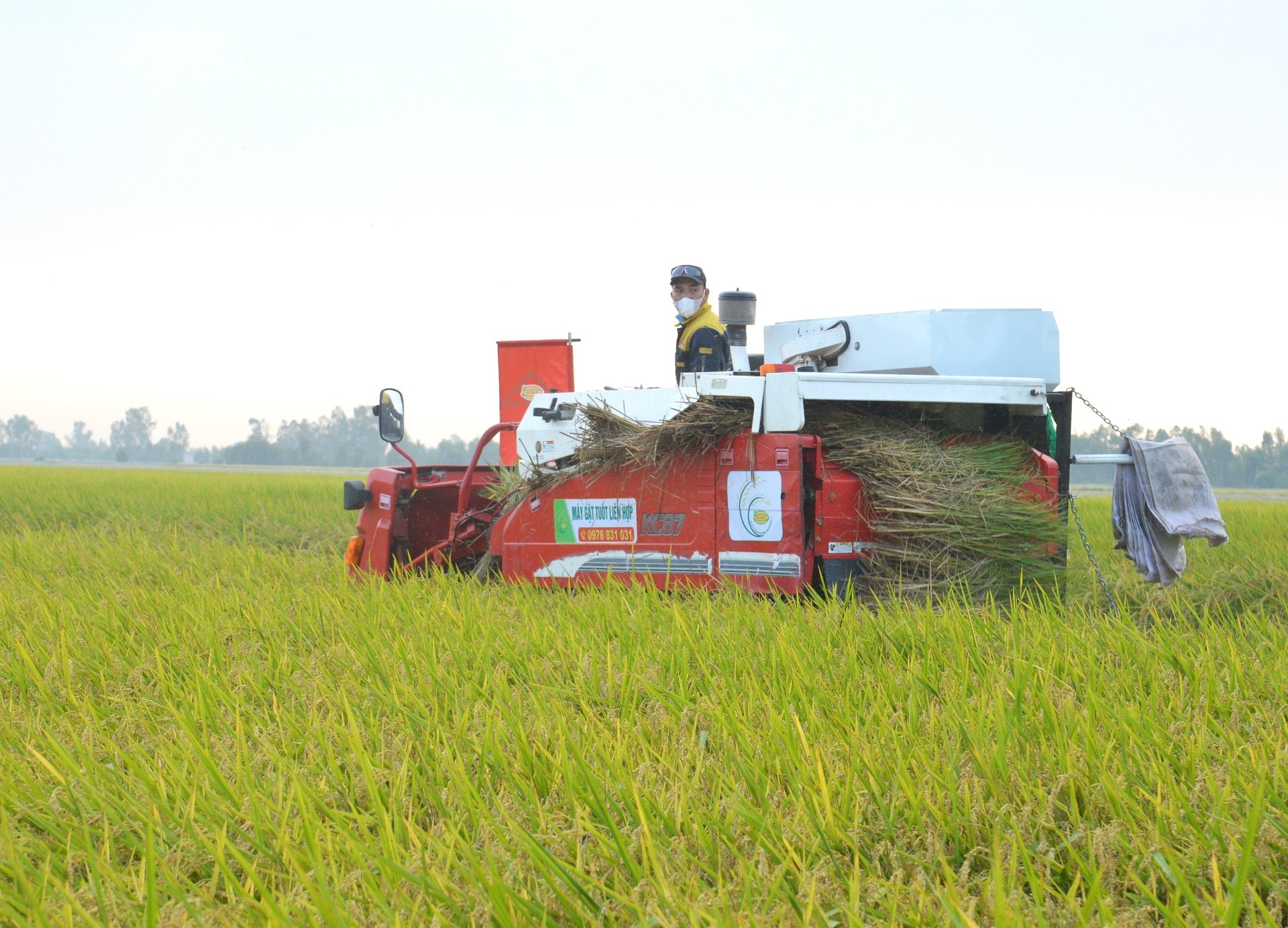
Harvesting rice at a pilot field participating in the Project implemented by the Department of Agriculture and Environment of Kien Giang in Hon Dat district. Photo: Trung Chanh.
Five districts—Giong Rieng, Hon Dat, Giang Thanh, Go Quao, and Chau Thanh—each with 50 hectares—are implementing the province's pilot model, which spans 250 hectares and is funded by provincial resources. Subsequently, the central government funds the National Agricultural Extension Project model in Kien Giang province, which encompasses 100 hectares in the districts of Giong Rieng and Go Quao, with 50 hectares each.
These pilot sites adhere to the rice cultivation procedures outlined in the Project, utilizing 100% synchronized mechanization in sowing techniques such as drone seeding, cluster seeding, cluster seeding with fertilizer incorporation, and row seeding.
Farmers who participated in the pilot models also attended training courses on the "Technical procedures for high-quality, low-emission rice cultivation in the Mekong Delta," which were specifically created for the project.
Therefore, they implemented sparse sowing techniques, which involved the application of 70 kg of seed per hectare, the efficient application of fertilizers, the reduction of irrigation in accordance with the protocol, and the setting up of water-level monitoring devices to assist in the reduction of emissions. After harvest, rice straw was either collected and removed from the fields or chopped and plowed into the soil, combined with microbial agents to accelerate decomposition into organic fertilizer.
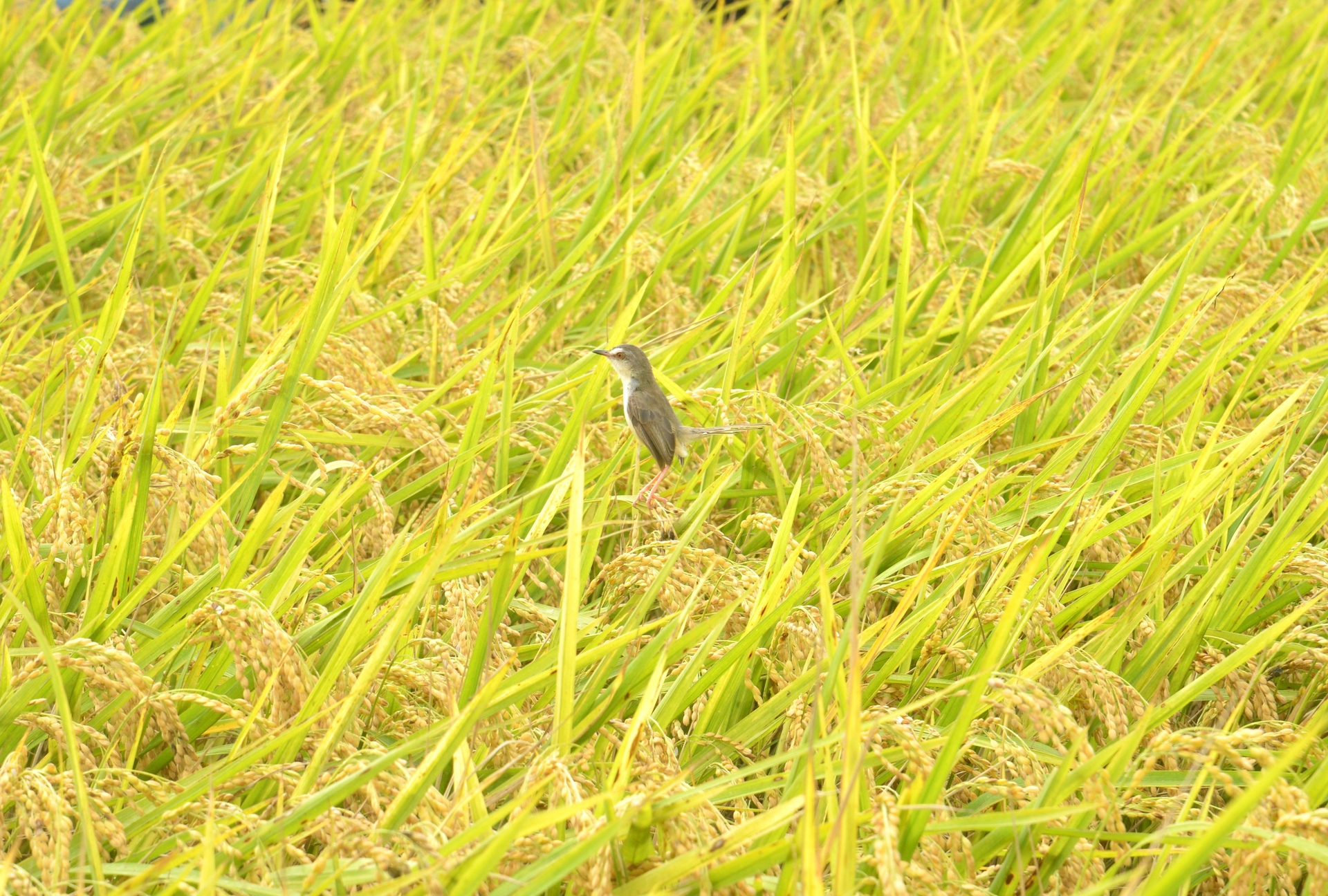
In the 2024-2025 winter-spring crop, the DS1 rice variety is estimated to bring farmers the highest profit margin in the pilot fields participating in the Project in Kien Giang province. Photo: Trung Chanh.
The first pilot field assessment results in Thanh Nien Phu Hoa Agricultural Service Cooperative on 50 hectares show that input costs decreased by 15% during the autumn-winter crop of 2024.
Input costs were reduced by 15%, as indicated by the evaluation results of the first pilot field at Thanh Nien Phu Hoa Agricultural Service Cooperative, which was conducted on 50 hectares during the 2024 autumn–winter crop. In particular, the use of seeds decreased by 30%, fertilizer by 57%, and irrigation water by approximately 30–40%. There was also the elimination of one pesticide application. Therefore, the average production cost of rice dropped to nearly VND 900 per kilogram. The pilot model also realized emission reductions of 7.5 to 8.1 tons of CO₂ equivalent per hectare. The average profit exceeded VND 25 million per hectare, representing a 32% increase in profitability compared to the control fields and a gain of over VND 6 million.
In the winter–spring crop of 2024–2025, Kien Giang province implemented 10 pilot models in various localities, encompassing a total area of 461 hectares. These sites obtained promising results by effectively implementing the "Technical Procedures for High-Quality, Low-Emission Rice Farming in the Mekong Delta."
All sites have complete harvesting due to the favorable weather conditions that prevailed during the winter–spring season. The average yield was 8.2 tons per hectare, with a selling price of VND 6,700 per kilogram. The DS1 variety however, fetched VND 8,000 per kilogram. The average revenue was nearly VND 60 million per hectare, and the profit was VND 38 million per hectare, surpassing the control fields by over VND 7 million.
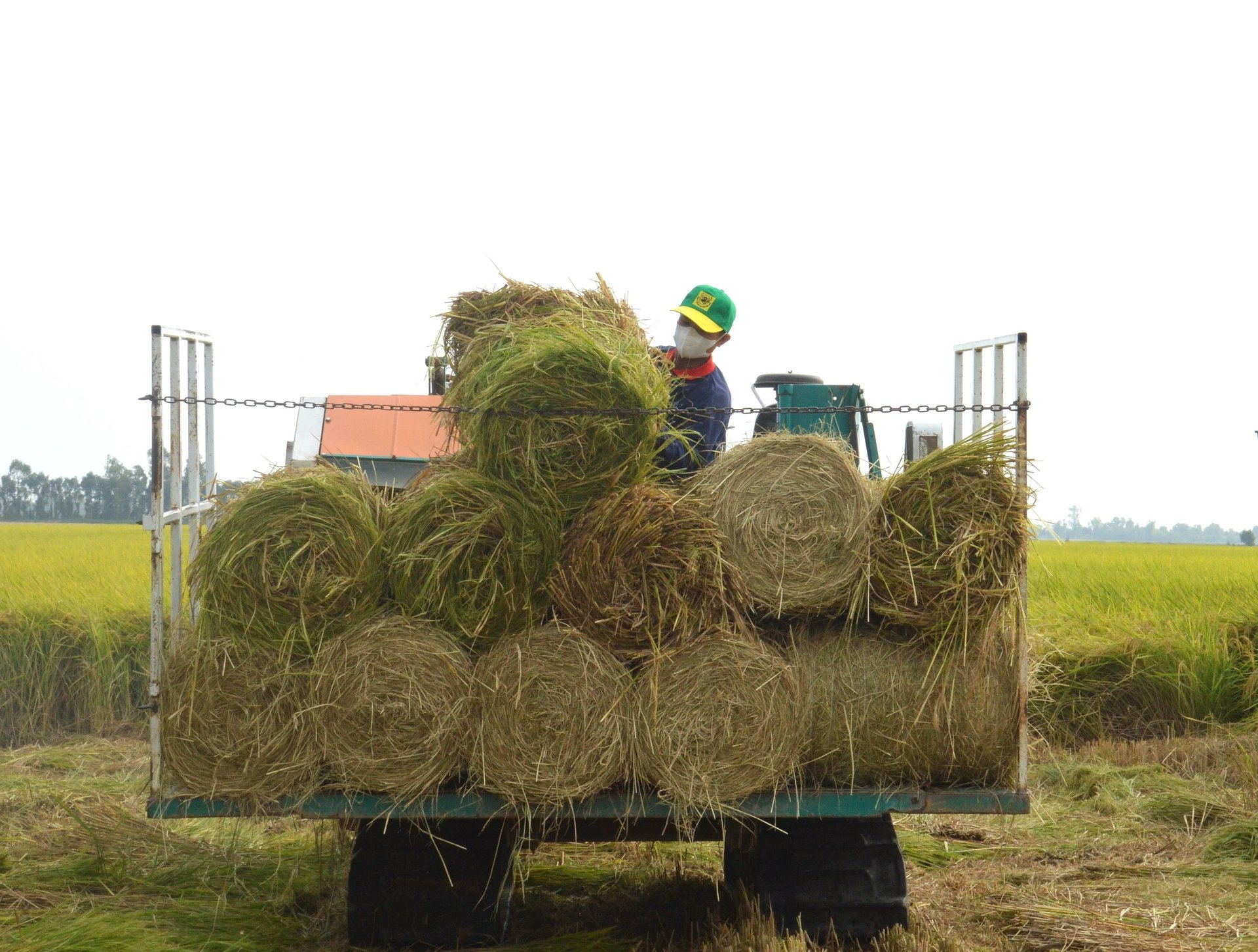
Farmers collect and remove straw from their fields to reduce greenhouse gas emissions. Photo: Trung Chanh.
The total area under implementation across Kien Giang's districts has reached 78,254 hectares, with over 37,600 cooperative members participating.
In the field, farmers have implemented sustainable rice cultivation practices, including "three reductions, three gains," "one must, give reductions," and production that is in accordance with VietGAP, SRP, and organic standards, which cover 100% of the cultivated area. This has led in a reduction in sowing rates to 70 to 100 kilograms per hectare. Farmers have also effectively implemented the alternate wetting and drying (AWD) irrigation method on two to three occasions during the cropping season.

Farmers apply the method of chopping straw combined with biological treatment and plowing the straw to quickly decompose into organic fertilizer in the field. Photo: Trung Chanh.
However, a key challenge remains: the limited availability of mechanized equipment for collecting and transporting rice straw. At present, only approximately 60% of the cultivated area is managed post-harvest. This is accomplished through the in-field microbial treatment and incorporation of the straw into the soil, or by the collection and removal of the straw from the fields.
USD 1 = VND 25.490 - Source: Vietcombank.
Translated by Linh Linh
/2025/05/25/4127-3-073637_820.jpg)
(VAN) Thanks to the promotion from an FAO-implemented project, vegetable production in greenhouses in Moc Chau has seen strong development, from 1.5 hectares in 2021 to nearly 50 hectares in 2024.
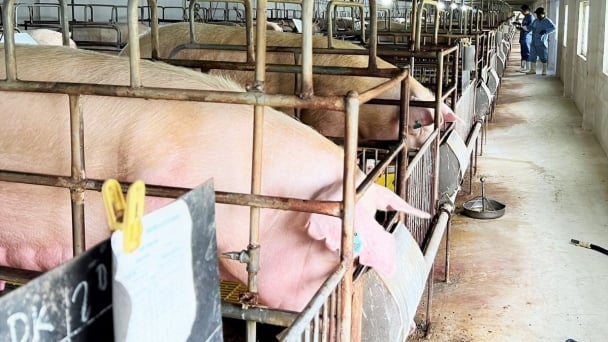
(VAN) FAO has recently supported USD 140,000 to implement the project 'Risk mitigation human-animal interface risks through disease control initiatives in pig farming.'
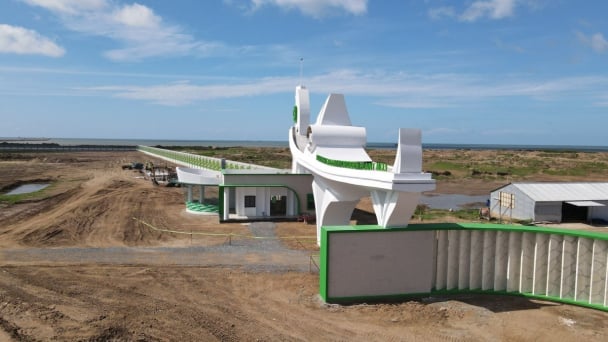
(VAN) The People's Committee of Tra Vinh province has approved an adjustment to the investment policy for the Green Hydrogen Plant project, increasing its area to approximately 52.76 hectares.
![Reducing emissions from rice fields: [2] Farmers’ commitment to the soil](https://t.ex-cdn.com/nongnghiepmoitruong.vn/608w/files/news/2025/05/05/dsc08881jpg-nongnghiep-140632.jpg)
(VAN) Clean rice cultivation model in Thuong Tan commune, Bac Tan Uyen district, is assisting local residents in achieving sustainable agriculture by substantially reducing costs, increasing productivity, and protecting the environment.
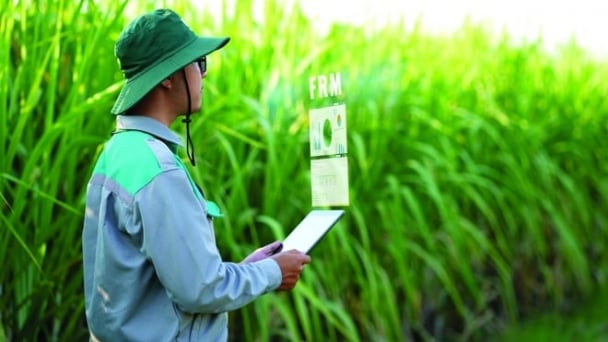
(VAN) At the conference to disseminate Resolution No. 68, AgriS introduced its digital agricultural ecosystem and reaffirmed its commitment to accompanying the Government in promoting private sector development and sustainable agriculture.
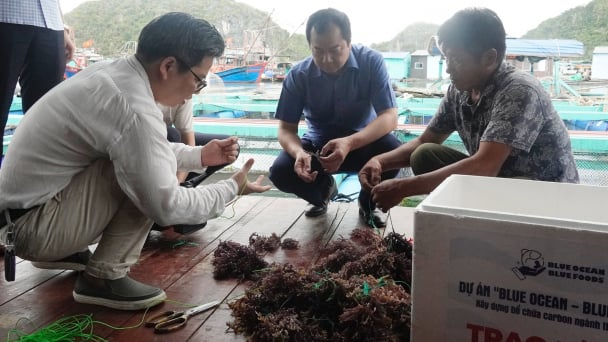
(VAN) 'Blue Ocean - Blue Foods' initiative is designed to restore marine ecosystems and establish sustainable livelihoods for local communities by cultivating a minimum of 1,000 hectares of cottonii seaweed in the first three years.
/2025/05/21/4642-3-112707_603.jpg)
(VAN) The V-SCOPE project has made direct contributions to three out of six pillars of the Comprehensive Strategic Partnership between Vietnam and Australia.